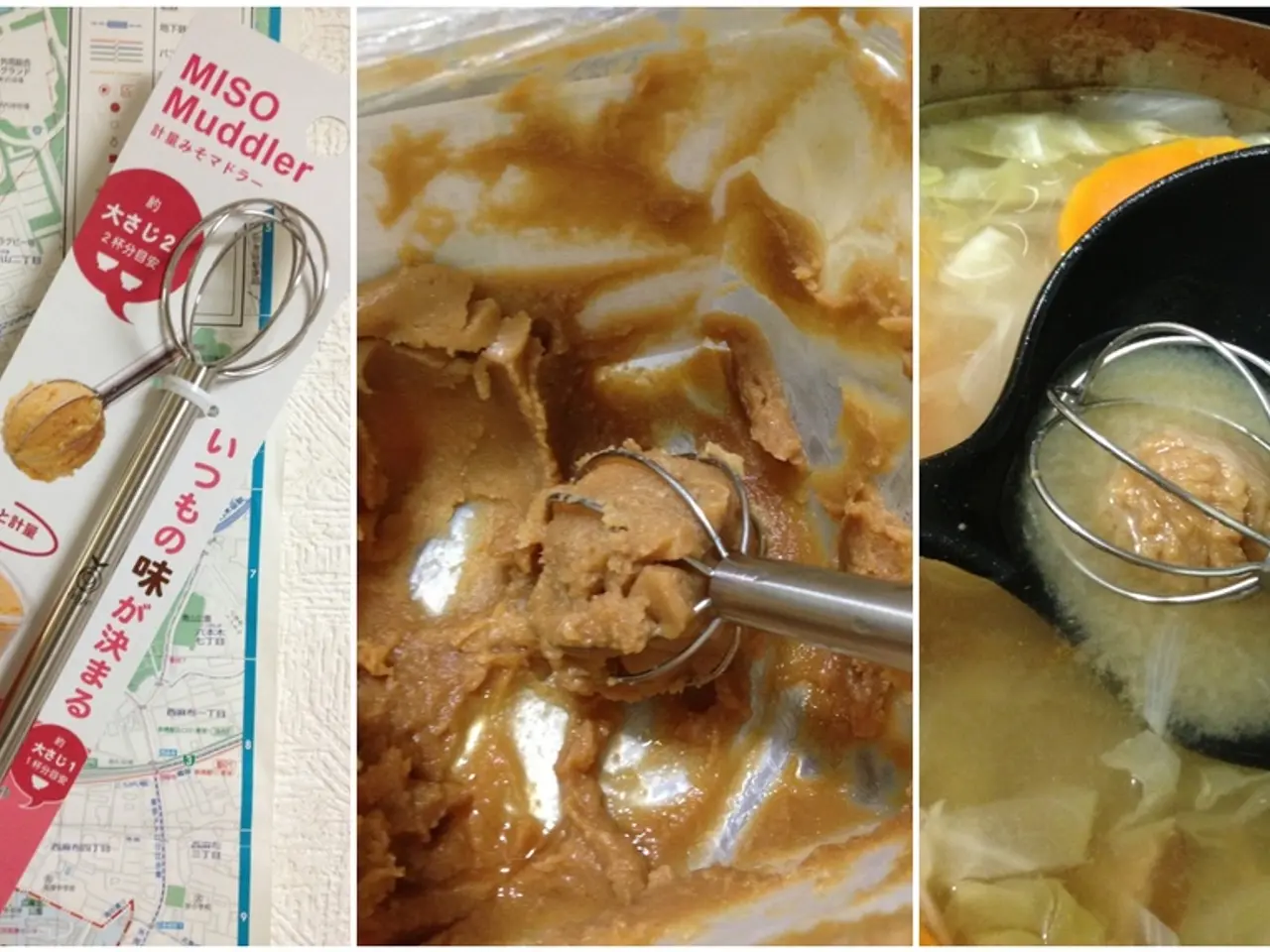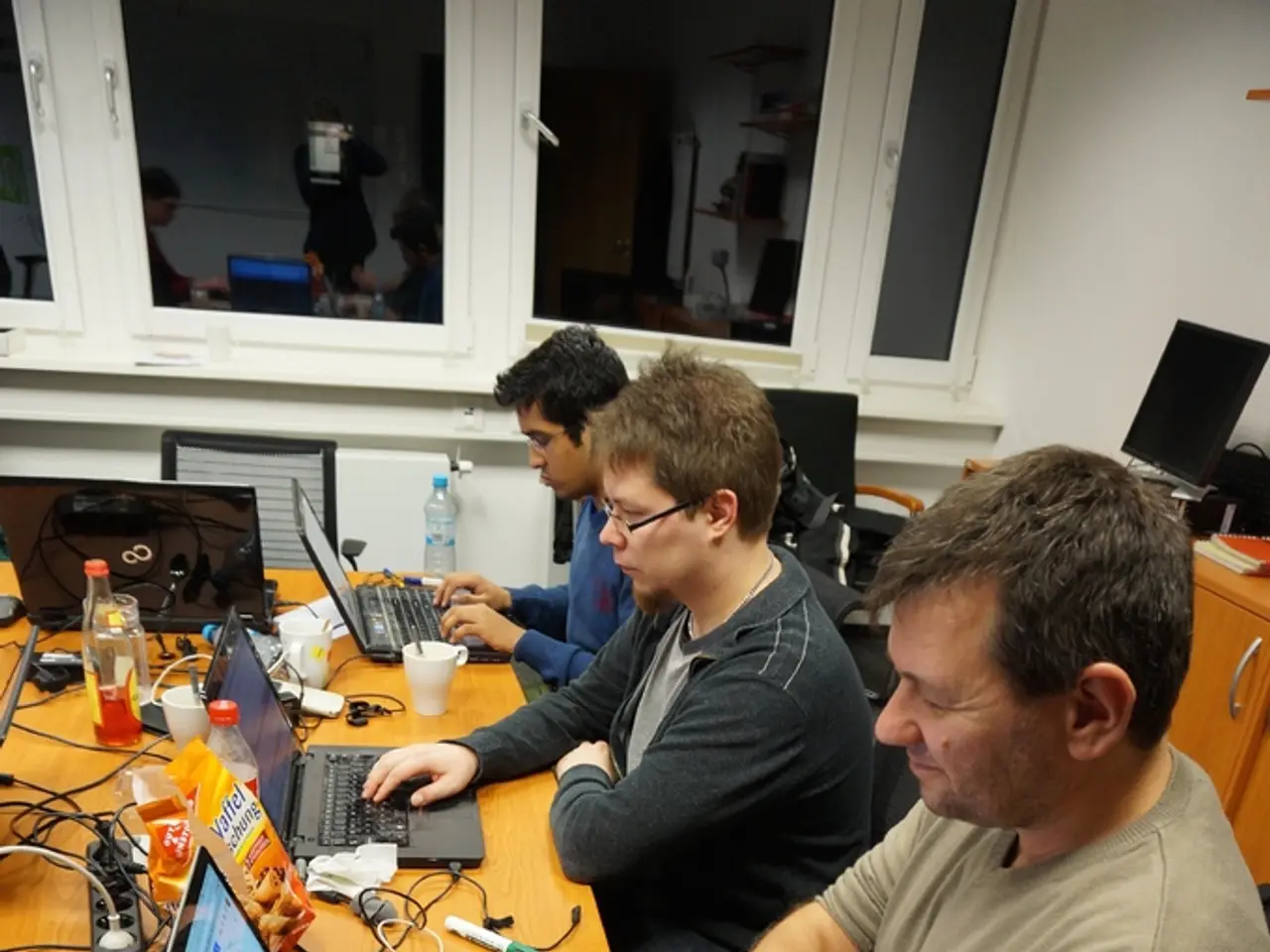Exploring Potential Solutions for Chemotherapy-Induced Peripheral Neuropathy: Could Novel Treatments Relieve Chemo's Nerve Damage?
The development of treatments for Chemotherapy-Induced Peripheral Neuropathy (CIPN) is making significant strides, with several promising candidates in the pipeline. This progress is driven by the increasing recognition of CIPN as a significant side effect of cancer treatment, particularly as long-term cancer survival rates improve.
## Current Status and Pipeline Candidates
One of the key candidates being developed to prevent long-term nerve damage caused by CIPN is ART-123. This novel therapy, developed by Asahi, has entered phase 3 trials in Japan to evaluate whether it can prevent CIPN in colorectal cancer patients receiving oxaliplatin. If successful, ART-123 could establish CIPN as a viable commercial indication, potentially revolutionising the treatment landscape.
Other notable candidates in development include AlgoTherapeutix's ATX01, a non-opioid topical gel, and OSM-0205 from Osmol Therapeutics. ATX01 showed a clinically meaningful 1.6-point pain reduction in a phase 2 trial at a 15% concentration, indicating promising results. OSM-0205, which addresses taxane-induced calcium overload in neurons, is designed as an intravenous infusion given before chemotherapy to block the calcium spike and shield nerves. Phase 1 trials for OSM-0205 have been initiated in healthy volunteers, with phase 2 trials planned for the second half of 2026.
The growing interest in understanding the mechanisms behind CIPN is evident, with frameworks like the "3P model" (predisposing, precipitating, and perpetuating factors) helping to structure scientific understanding.
## Market and Growth
The CIPN treatment sector is expected to grow significantly. It was valued at approximately $1.65 billion in 2024 and is projected to reach nearly $2.95 billion by 2034, reflecting a compound annual growth rate (CAGR) of 5 to 6%. This growth aligns with broader trends in oncology supportive care, which is a $35 billion market projected to nearly double by 2034.
In a survey of nearly 2,000 cancer survivors, more than 70% reported symptoms in both hands and feet, and many said it interfered with everyday tasks like walking, household chores, hobbies, and sleep. About 68% of patients develop CIPN in the first month after treatment, and even six months later, 30% are still dealing with lingering nerve pain, tingling, or numbness.
The development of CIPN treatments is gaining momentum, with both market growth and promising pipeline candidates indicating a future where managing chemotherapy side effects becomes more effective and strategic in the oncology sector.
- The increasing recognition of Chemotherapy-Induced Peripheral Neuropathy (CIPN) as a significant side effect of cancer treatment is propelling the advancement of biotech in the science and medical-conditions field, particularly in dealing with chronic diseases like cancer and neurological disorders.
- ART-123, a novel therapy developed by Asahi, is currently in phase 3 trials for preventing long-term nerve damage caused by CIPN in colorectal cancer patients receiving oxaliplatin, potentially revolutionising the health-and-wellness landscape of cancer treatment.
- Other potential candidates, such as AlgoTherapeutix's ATX01 and OSM-0205 from Osmol Therapeutics, are also being developed to tackle CIPN, with ATX01 showing promising results in a phase 2 trial and OSM-0205 initiating phase 1 trials in healthy volunteers.
- The growing interest in CIPN has led to the development of the "3P model" (predisposing, precipitating, and perpetuating factors), which is helping scientists structure their understanding of this medical-condition, furthering the progress in the field of science.
- In the realm of fitness-and-exercise and mental-health, the development of CBD products could potentially alleviate some of the symptoms associated with CIPN and other chronic diseases, contributing to overall wellness and improving the quality of life for cancer survivors.




